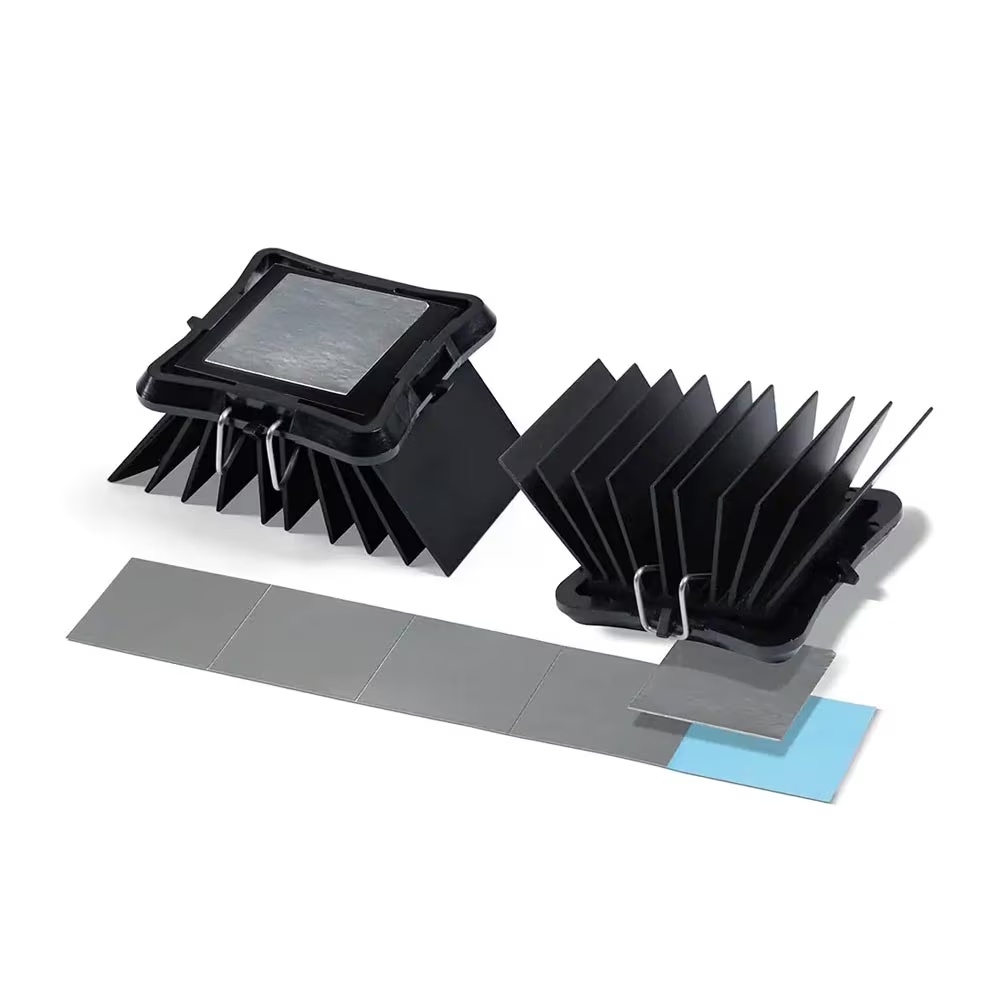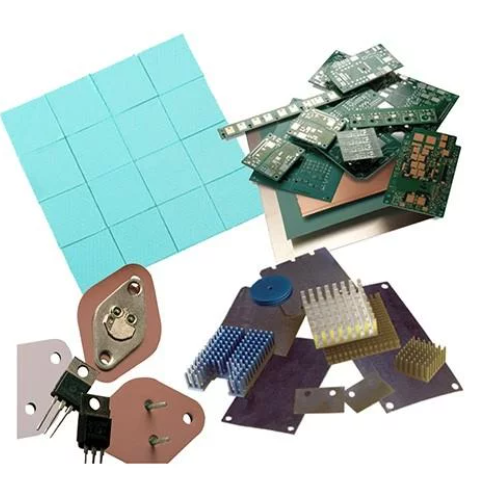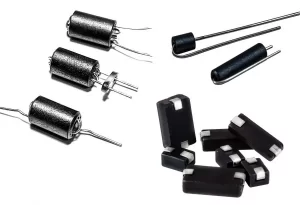What is a Thermal Interface Material?
A thermal interface material, or TIM, is a product that’s designed to improve heat transfer between two components. In electronics, TIMs are used to dissipate heat from sensitive components like computer chips, graphics cards, and processors to heat sinks.
The better the contact between the two surfaces, the more effective the heat transfer will be. TIMs fill in air gaps and imperfections between surfaces to maximize contact.
Why Thermal Interface Material is Needed
Without a TIM, up to 90% of a component’s heat can be trapped. This buildup of heat can damage sensitive electronics and reduce performance and lifespan. A TIM provides superior heat dissipation so your components run cooler, last longer and perform better.
What types of TIMs are there?
The three most common types are thermal pads, thermal grease, and thermal epoxy.
- Thermal pads are solid and pre-cut, easy to apply but less thermally conductive.
- Thermal grease is a paste that requires manual application but offers better performance.
- Thermal epoxy provides the best heat transfer but requires mixing and curing. Acton offers all three types so you can choose the best solution for your needs.
How do I apply a TIM?
Each TIM type has a different application process. Thermal pads simply require peeling off the adhesive backing and sticking to your components.
Meanwhile, thermal grease requires spreading onto surfaces with a putty knife or spatula. Also, thermal epoxy requires thoroughly mixing the resin and hardener and applying before it begins to cure. In all cases, you want to apply firm and even pressure to ensure maximum surface contact.
Be very careful not to overapply, which can lead to excess TIM squeezing out and causing shorts.
Follow the directions for your specific TIM carefully. Contact our tech experts for further details
With Acton as your thermal interface materials partner, you can stop stressing and take the heat off your shoulders. Their team of experts will work with you to understand your unique needs, then source the perfect solutions from their global network of trusted suppliers.
You won’t waste time researching options or worrying about compatibility. Acton will handle it all, so you can focus on your core project while they manage the thermal details. Having an experienced partner to turn to for all your thermal interface material needs gives you the freedom to innovate without limits.
Make a smart choice for your next thermal management project with Acton.
Your team can focus on your core tasks, knowing that the thermal aspects are in expert hands.
Need Tech Support?
Contact us for free expert advice












